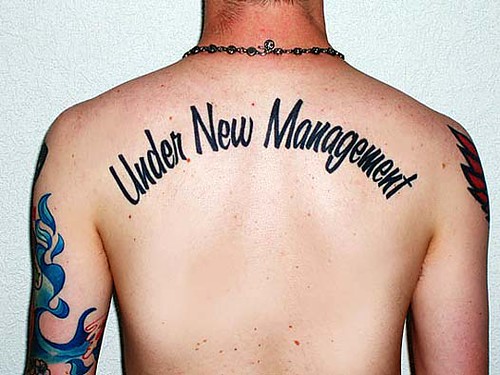
I’ve watched Bristol Airport grow at an astonishing rate over the last decade. On my first flight from BRS, the terminal was a small bungalow, the gate had patio doors to the apron, and you walked to one of the handful of stands to hop on a small, often propeller, airplane.
Bristol has benefited from a low-cost airline explosion, with Easyjet making it their second largest base (something like 19 A319 aircraft are based here), and the terminal is now a mini-version of Stanstead. But whilst the “once a day” flights to places in Europe grew, the options for someone travelling on business were pretty limited, and became more so once BA hauled themselves out of the regions (and they call themselves “British Airways” – more like “London Heathrow Airlines”).
Those of us needing to fly on business (hoping, desperately, to do get out in the morning and back for bed) had to rely on KLM to Amsterdam (errmmmm) or Sabena to Brussels (er, no). After three cancelled flights in a row, KLM got in my bad books and I started heading off back down the M4 to Heathrow. That’s madness – creating unnecessary journeys to the world’s most turbulent airport. (And yes, I did have schadenfreude at BA’s T5 circus).
Slowly the airport has recognised that there are people other than those off to Prague to get plastered for 30p. The start of a Bristol-New York (Newark) route in 2005 opened up the Americas seriously, and I was lucky enough to be on the first CO77 flight back in May 2005. But we still lacked two things; a credible/reliable hub-operation, and a Star Alliance airline.
Now Bristol has both. Lufthansa have started flying 3 times daily out to Frankfurt, their main hub, from where it’s a skip out to most places in Europe and worldwide. I was one of the people who encouraged Lufty to see the benefits of Bristol, and I was very glad to be on the inaugural Bristol-Frankfurt flight on Sunday 30th March 2008.
People underestimate the benefits of hub flying. I would much rather pay £30 more to fly from Bristol, check my bags in in Bristol, have a short walk between gates at Frankfurt, and have the whole lot pop out again at my destination, than flog down the M4 to Heathrow, or even more ridiculously, go to Stansted! I put a real value of having a touchdown-to-front door time of 20 minutes. And it’s unrealistic to expect a place like Bristol to fill a 787 / A330 / 767 to places afar (and at Bristol, the runway is a tad short), so hubbing really does offer the best route availability.
I hope the route works out as planned. I’ll certainly be using it, but it does rely on people seeing the benefits (and relative reduction in pollution*) of flying from Bristol and hopping through Frankfurt.
* If you assume that you were going to fly anyway, the pollution of a short-haul in a small plane to FRA is less than the same journey combined with a round-trip of 240 miles to Heathrow and endless circling to land. But you may disagree with my initial assumption. I would also say that I rarely drive, walk to work every day, and am an enthusiastic user of public transport, so in every other respect I do my bit.
Disclaimer: I am a member of Lufthansa’s Frequent Flier programme “Miles and More”. I received (along with all the passengers on the first flight) a commemorative gift, and I took a complimentary upgrade to business class on the return trip from FRA-BRS.


